Air Leakage Is a Silent Energy Killer. One Rolling Door Is Finally Addressing It Head-On

Despite decades of use in conditioned warehouses, utility facilities, municipal buildings, parking structures, manufacturing plants, logistics hubs, and mixed-use developments, rolling doors have never had verified, publicly listed air-leakage ratings. Architects and engineers had no reliable data to work with. Energy models had to rely on assumptions. Mechanical systems had to be oversized. And the envelope was left with a major uncontrolled variable, until now.
A First in the Industry: The McKEON AirShield AL3014
With the release of the AL3014, McKEON changed what a rolling door can be. It is the first and only product to achieve a public listing and certified label for both air infiltration and air exfiltration — a milestone in envelope performance and building science.
For architects seeking clarity, documentation, and reliable performance metrics, this is a breakthrough. For owners and facility managers, it's a direct path to lower energy costs and more consistent building performance.
Why Air Moves — and Why It Matters
Several forces drive air movement:
- Stack effect (rising warm air)
- Wind pressure acting on the façade
- Mechanical imbalances in the HVAC system
- Openings, gaps, and discontinuities in the envelope
When rolling doors are part of the thermal boundary (which is increasingly common), air can leak both in and out depending on the season and the conditions.
Air Infiltration Problems
- Heat loss in winter
- Cold drafts
- Increased heating loads
- Occupant discomfort
- Condensation at interior surfaces
-
Air Exfiltration Problems
- Loss of cooled air in summer
- Elevated cooling costs
- Moisture being pushed into the wall assembly
- Hidden condensation in insulation layers
- Long-term degradation of envelope materials
For high-performance buildings — or any project pursuing IECC, B3, LEED, or general efficiency targets — uncontrolled leakage is a major liability.
How the AL3014 Achieves Certified Air-Leakage Performance
McKEON solved the problem at the material and engineering level.
Extruded Aluminum Slat Construction
Unlike roll-formed steel, extruded aluminum slats are:
- Precisely shaped under controlled pressure
- Uniform along their entire length
- Interlock tightly for a consistent, secure interface
This dramatically reduces airflow between slats — the primary path of leakage in traditional rolling doors.
A Naturally Tight Slat-to-Slat Interface
The geometry of the slats creates a mechanically tight, self-sealing profile that eliminates many of the micro-gaps found in steel-curtain doors.
No foam seals. No adhesive weatherstripping. No field-applied components. The performance is built directly into the structure.
Guide System Designed for Air Control
The side guides are engineered to maintain:
- Consistent curtain pressure
- Reduced deflection under wind loads
- Alignment that prevents lateral gaps
This matters especially on larger doors, where pressure differentials amplify leakage.
Independent Testing & Certification
The AL3014 is publicly listed and certified for:
- Air Infiltration (air entering the building)
- Air Exfiltration (air leaving the building)
Reach out to us anytime—we’re here to help. Suppose your facility is facing air-leakage challenges or you're looking to improve energy efficiency. In that case, our team will work with you to identify the best solution and support you every step of the way.
No-Cost Consultations
W. L. Hall Company
The Premier Exterior and Interior Building Systems Provider in the Upper Midwest
75 Years' Experience | 15,000+ Projects
(952) 937-8400
wlhall.com
sales@wlhall.com


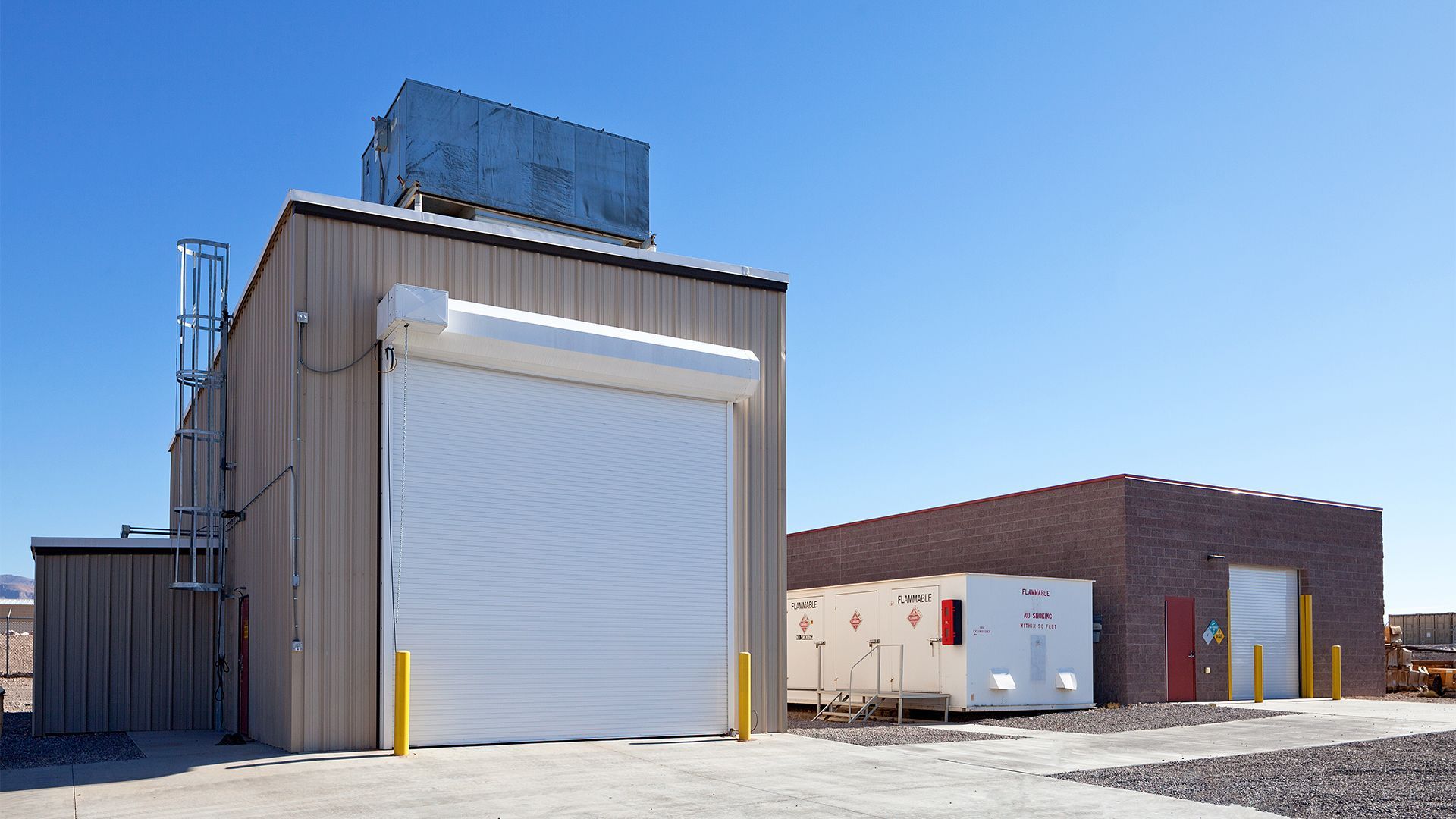

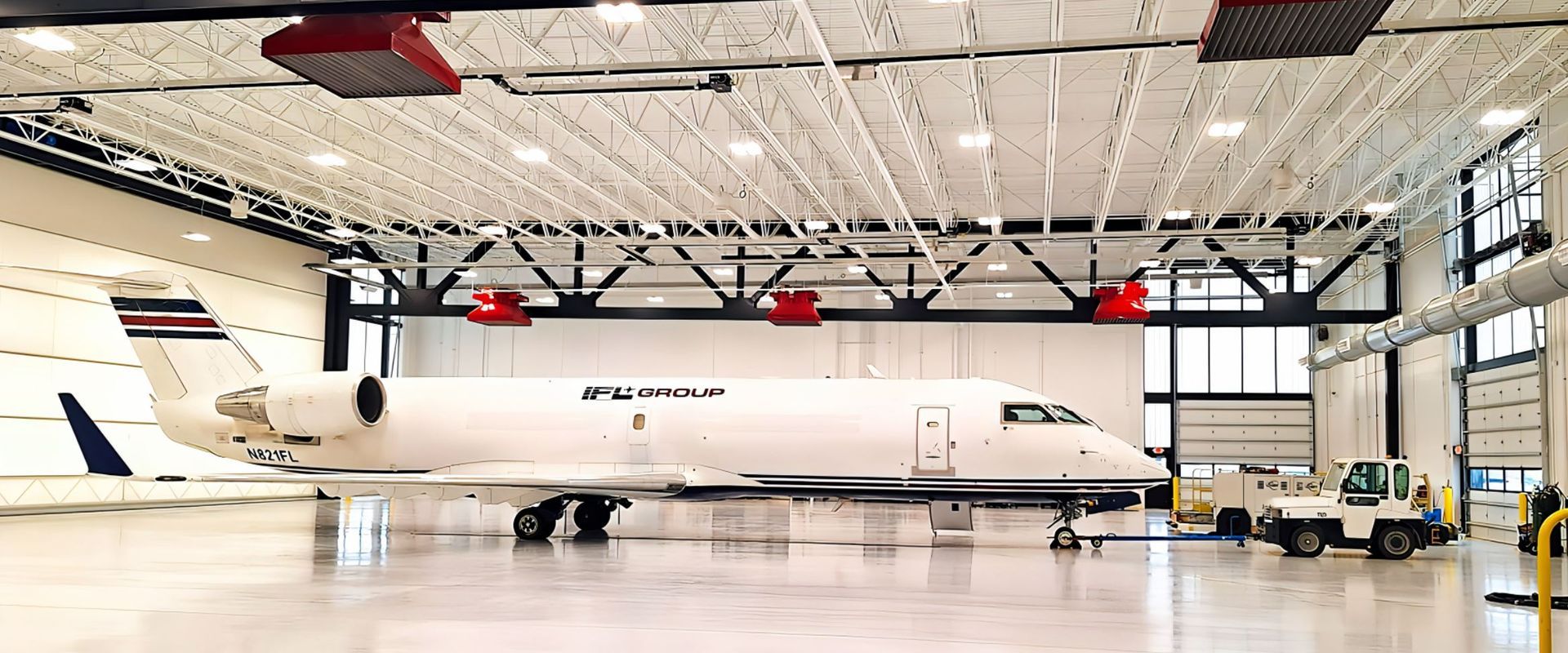
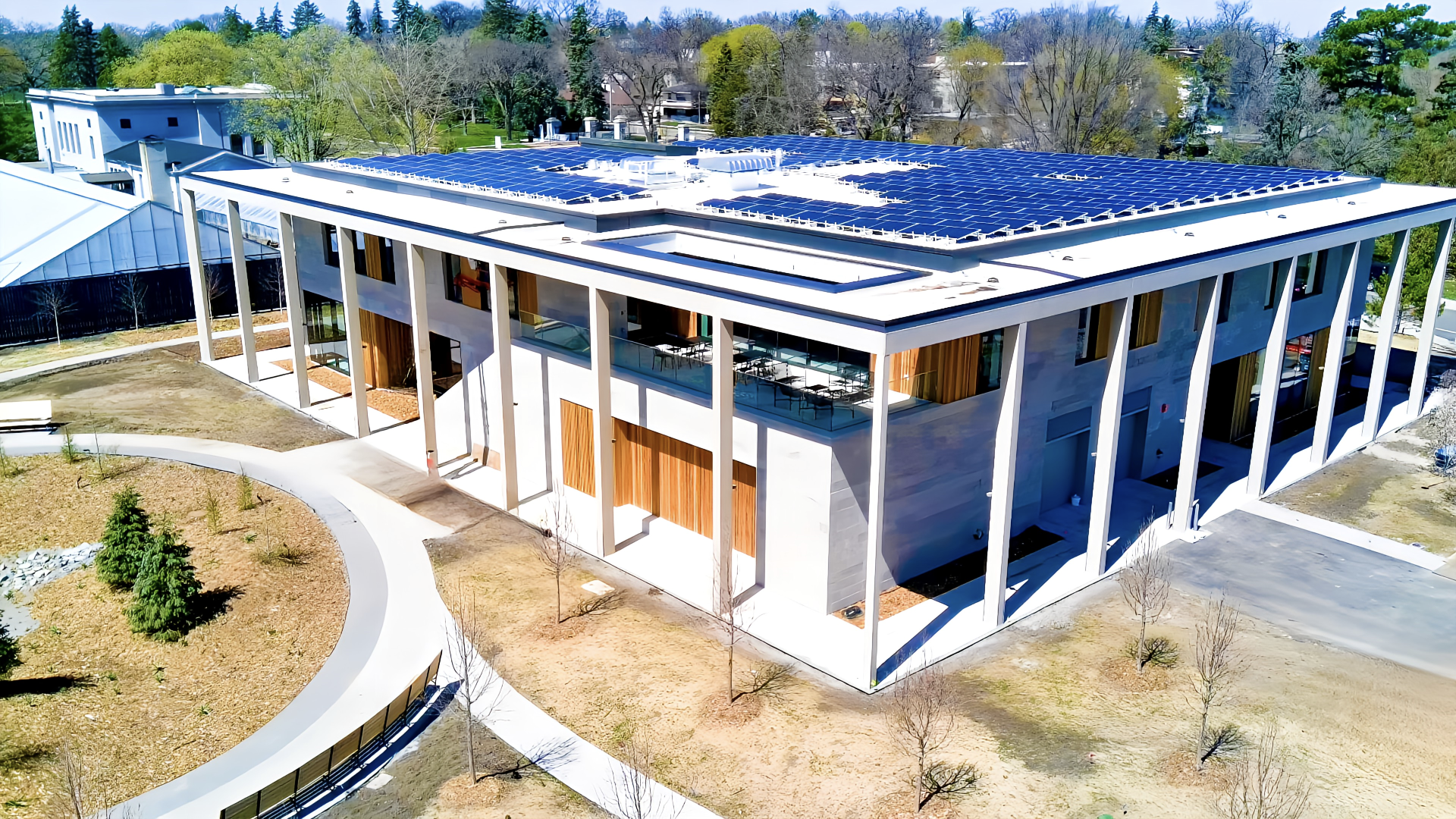

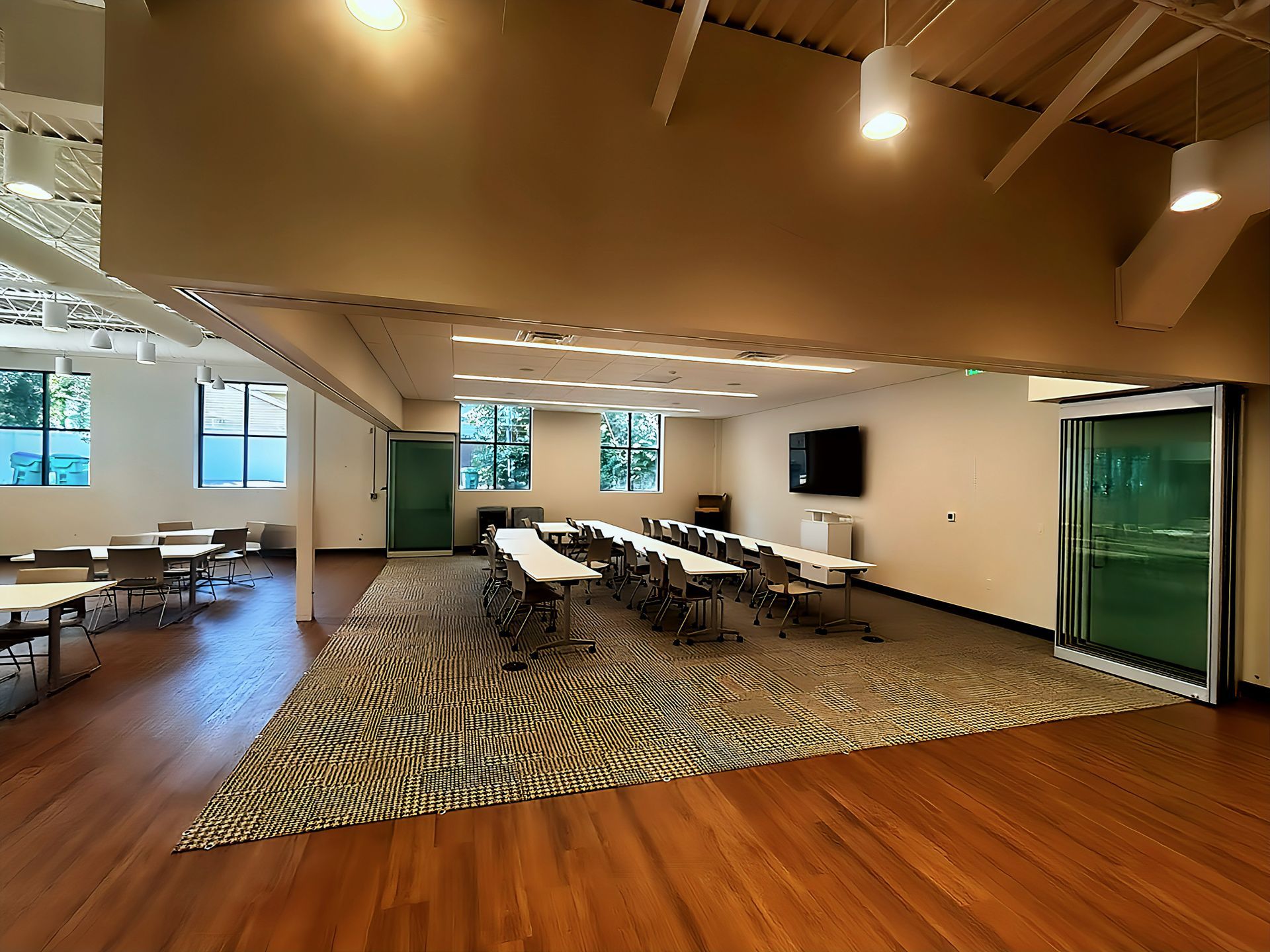



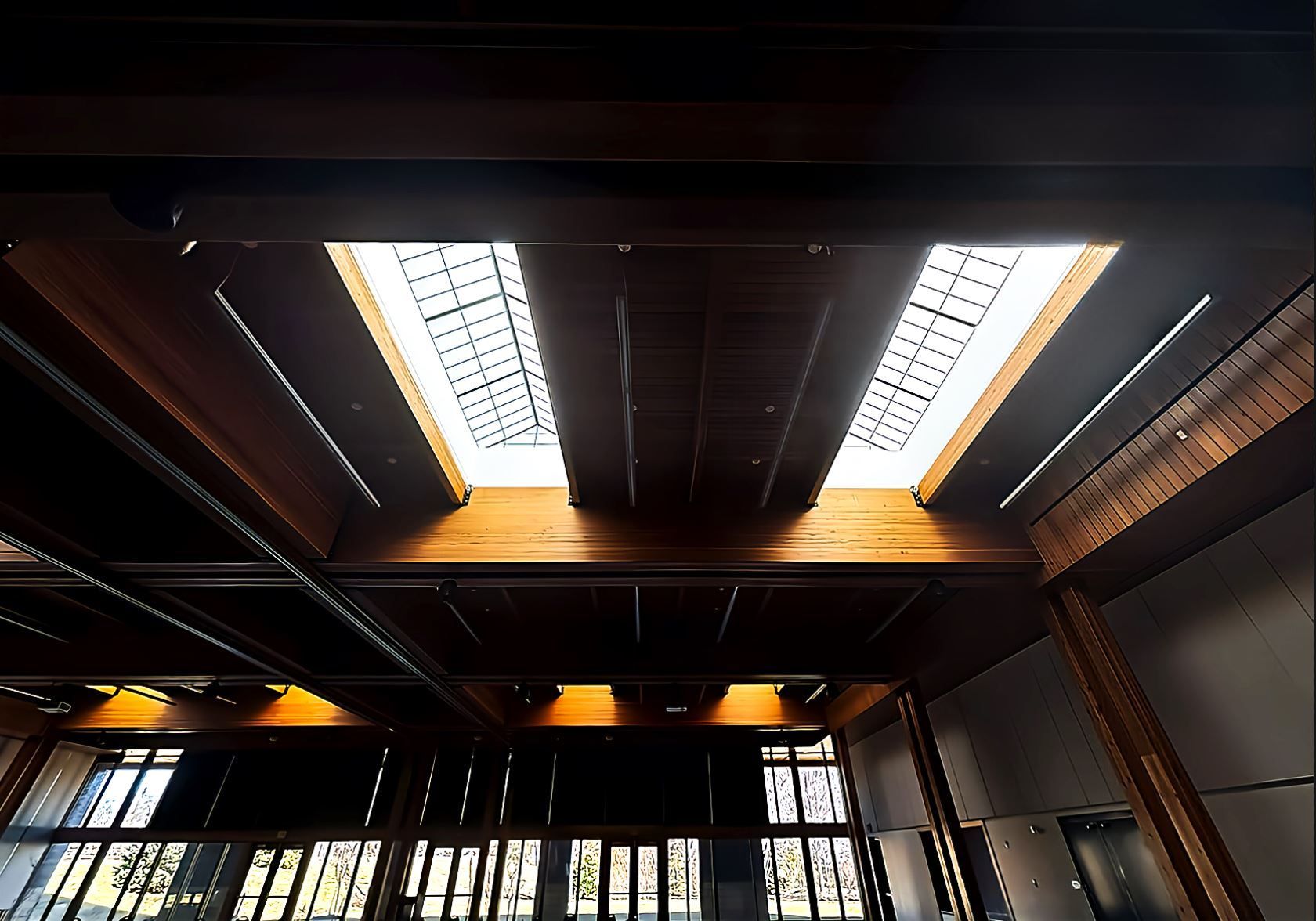
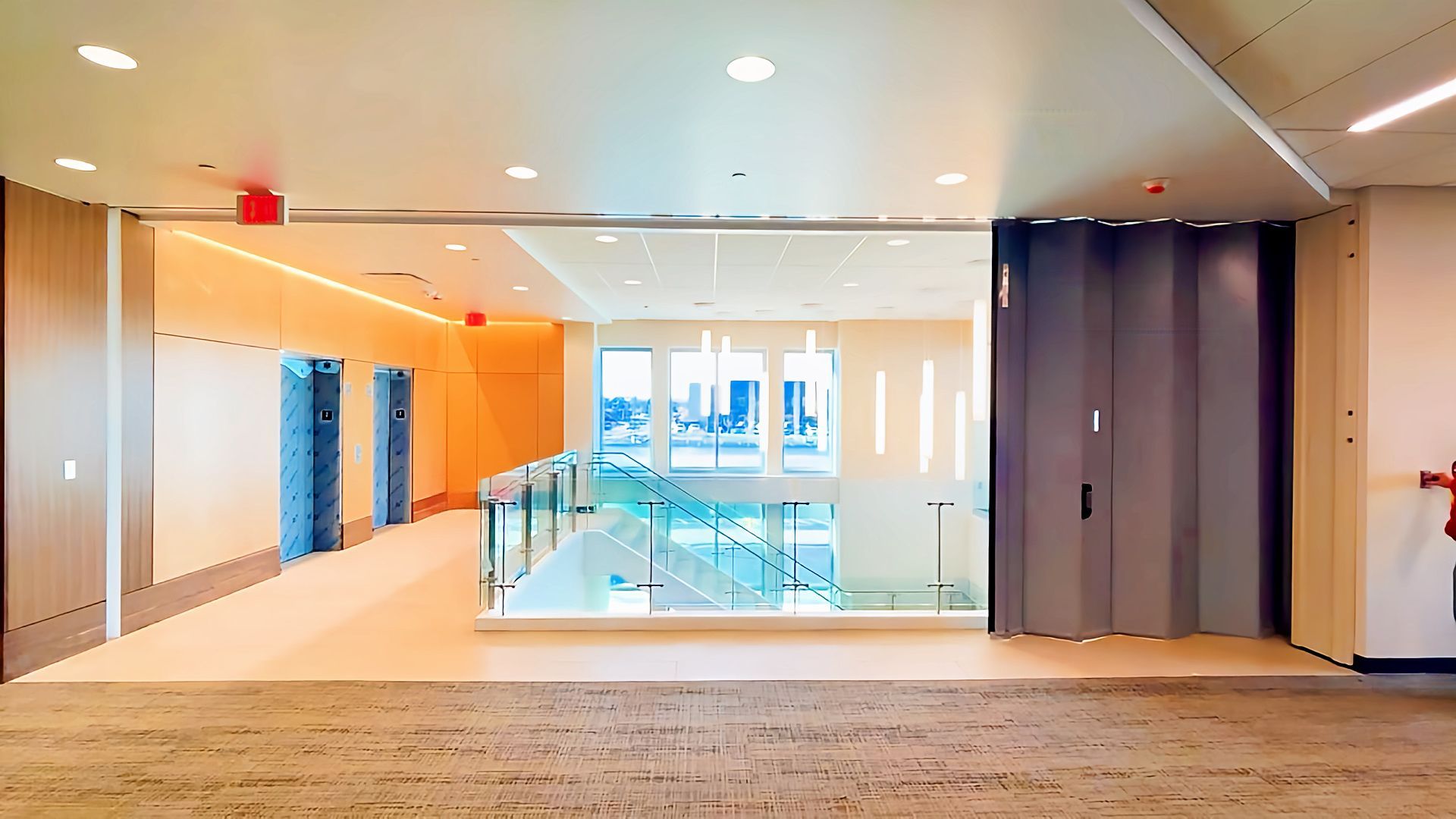

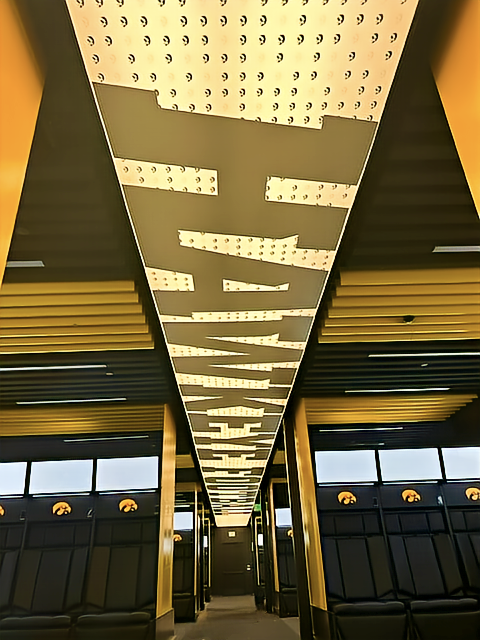
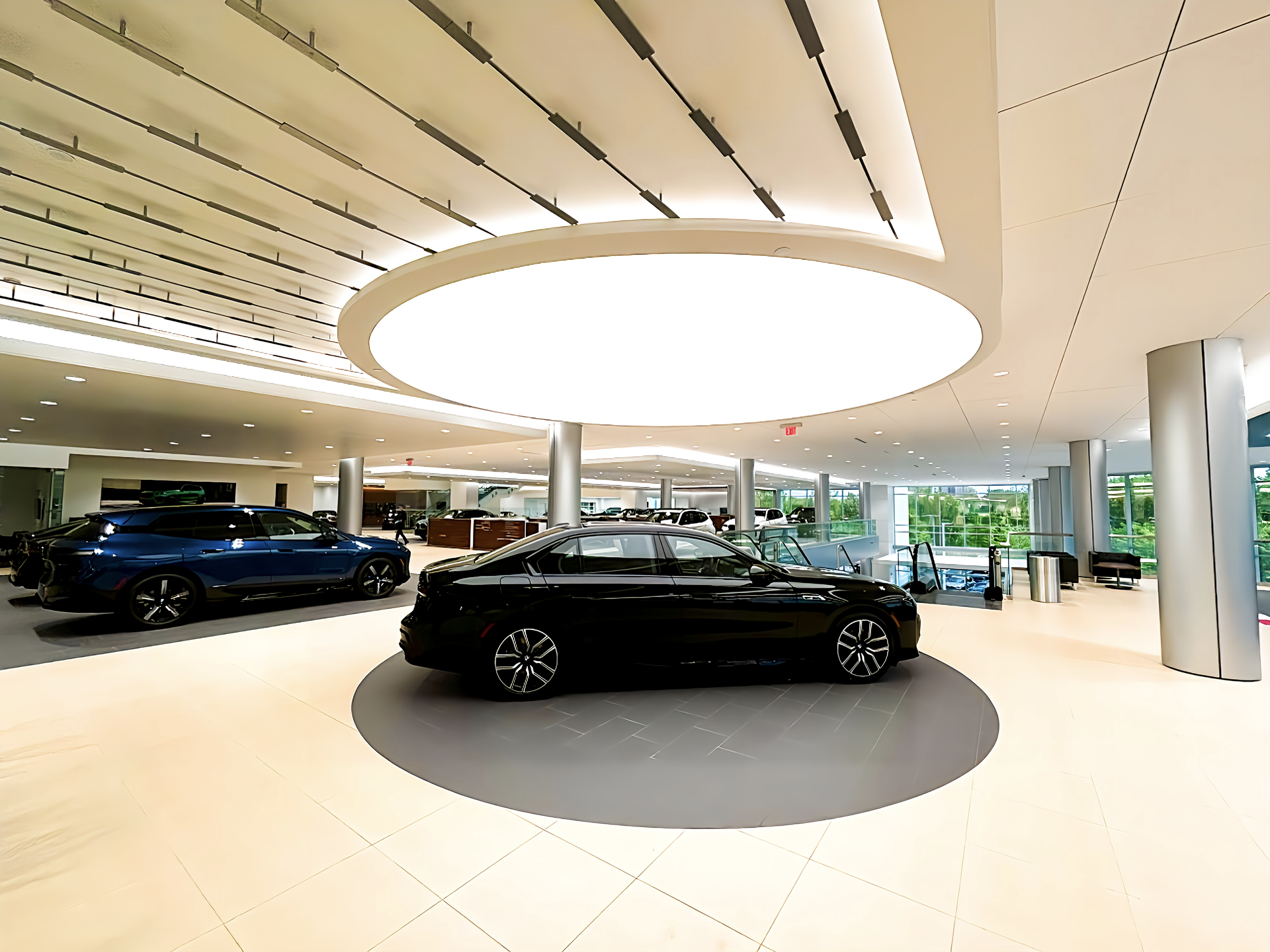

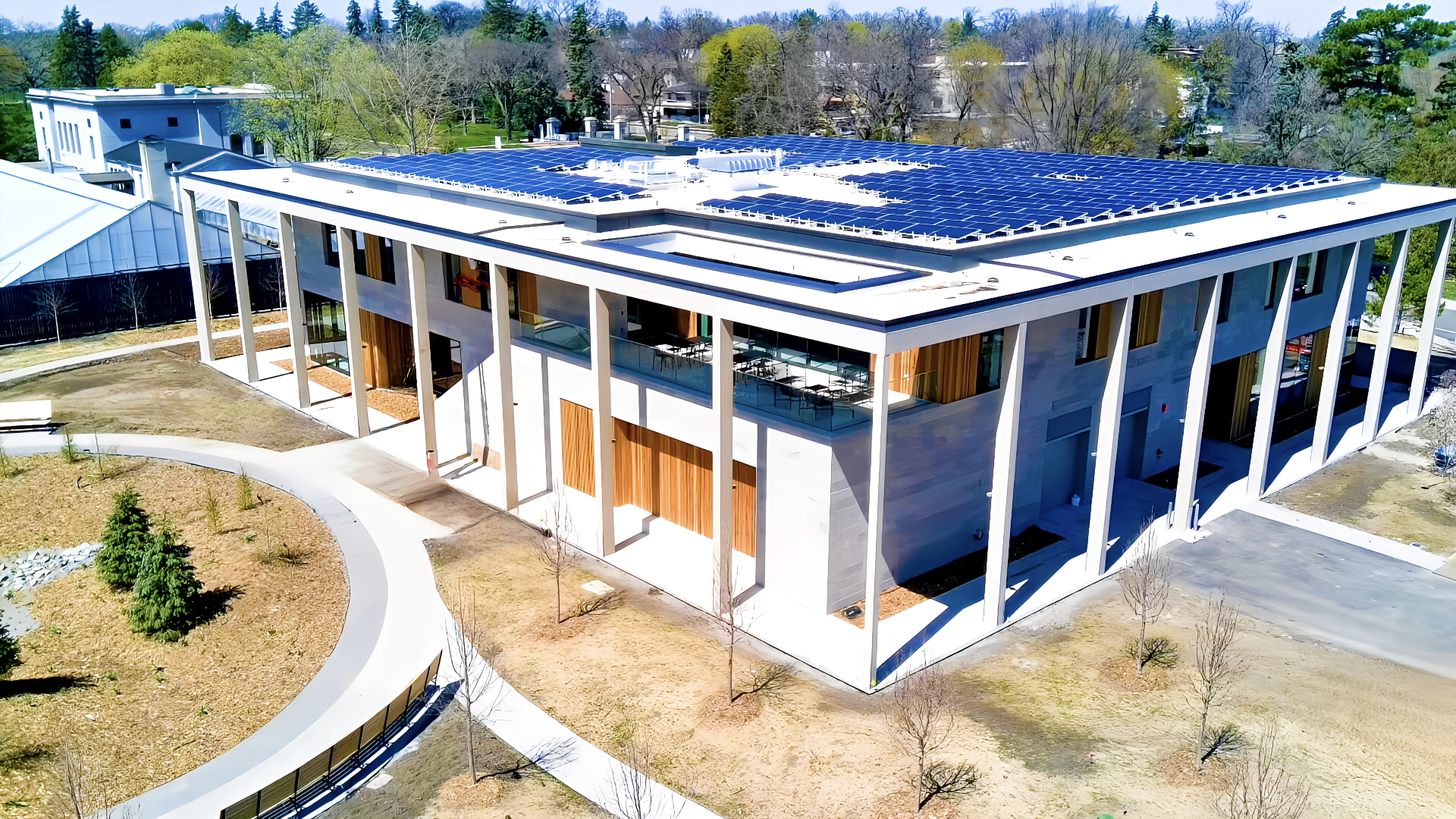
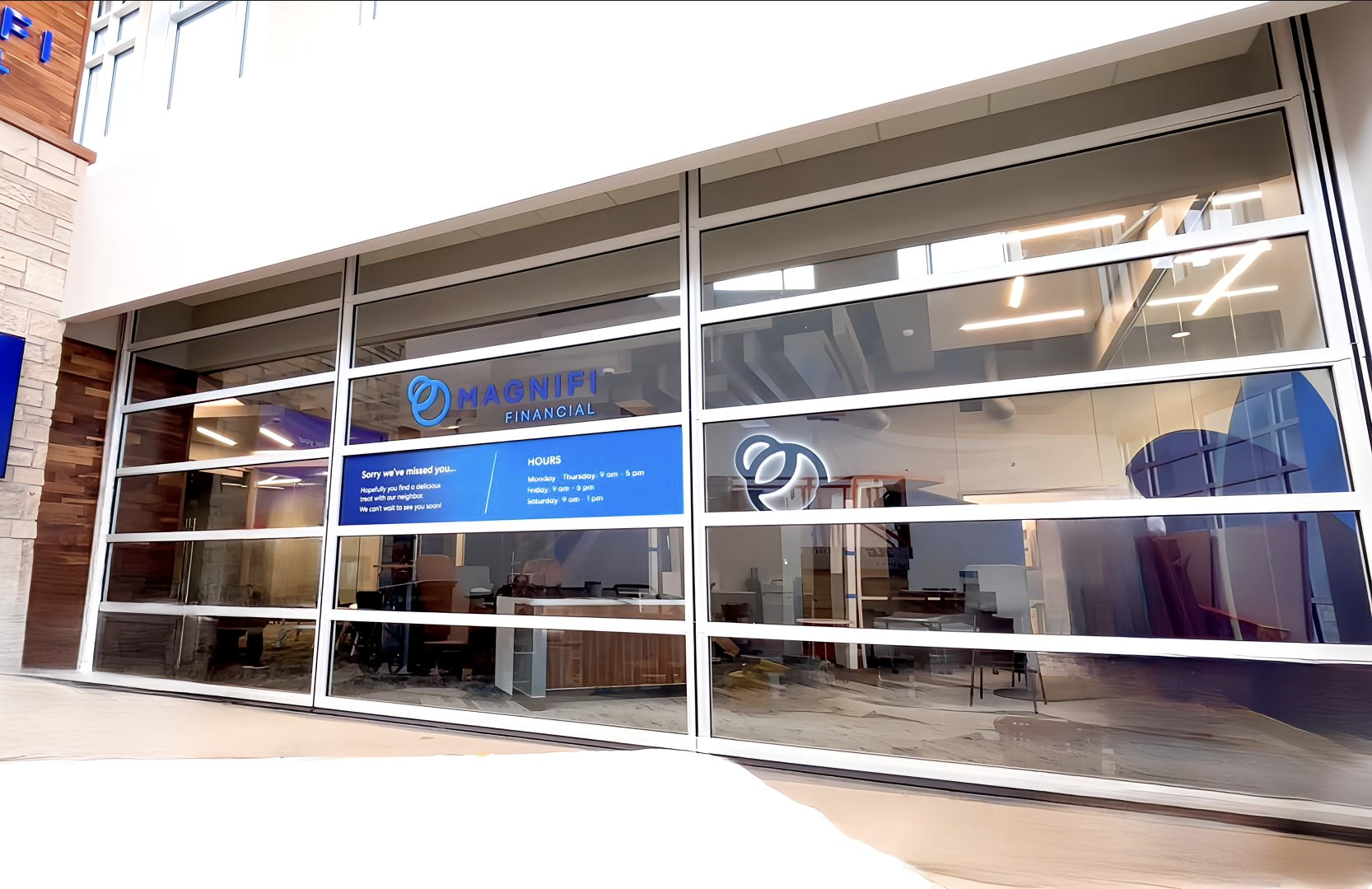
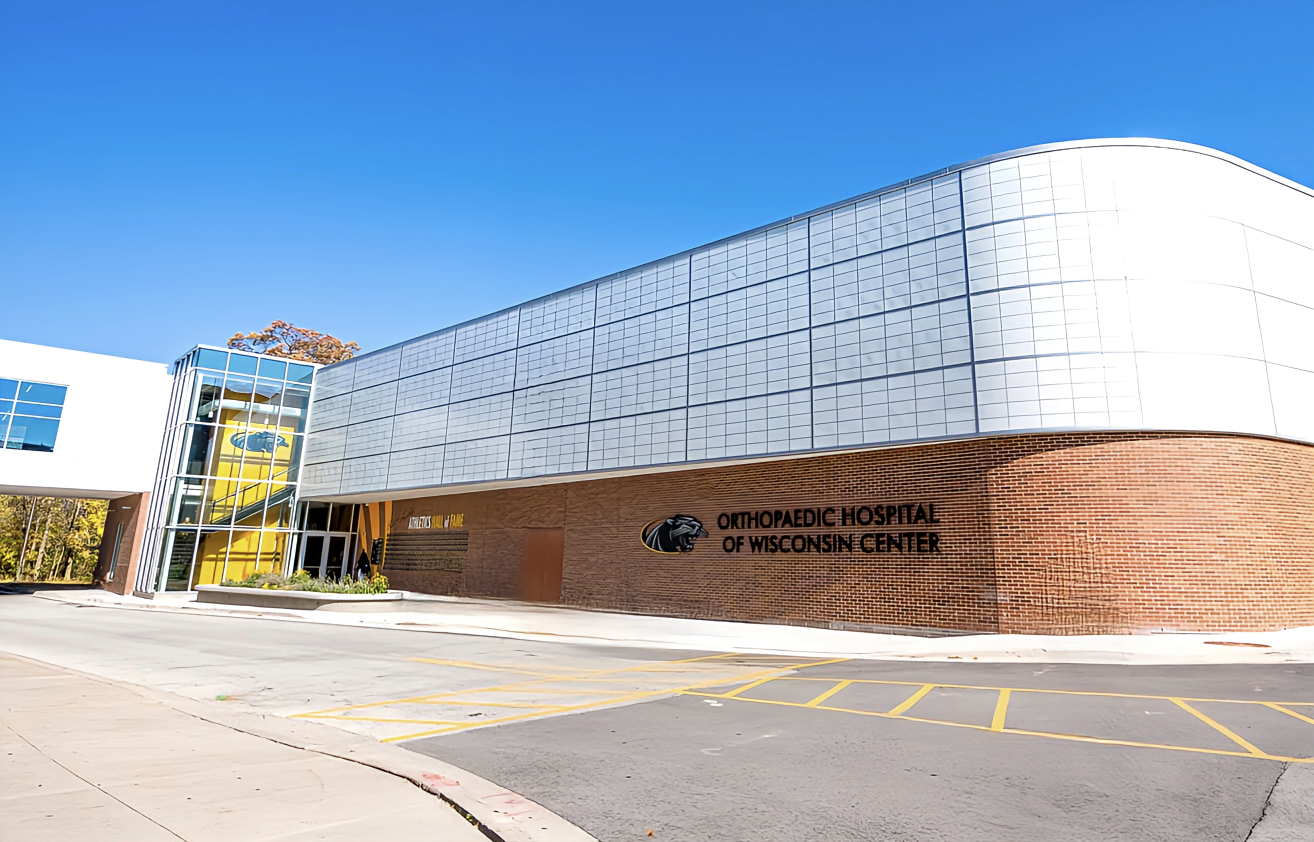















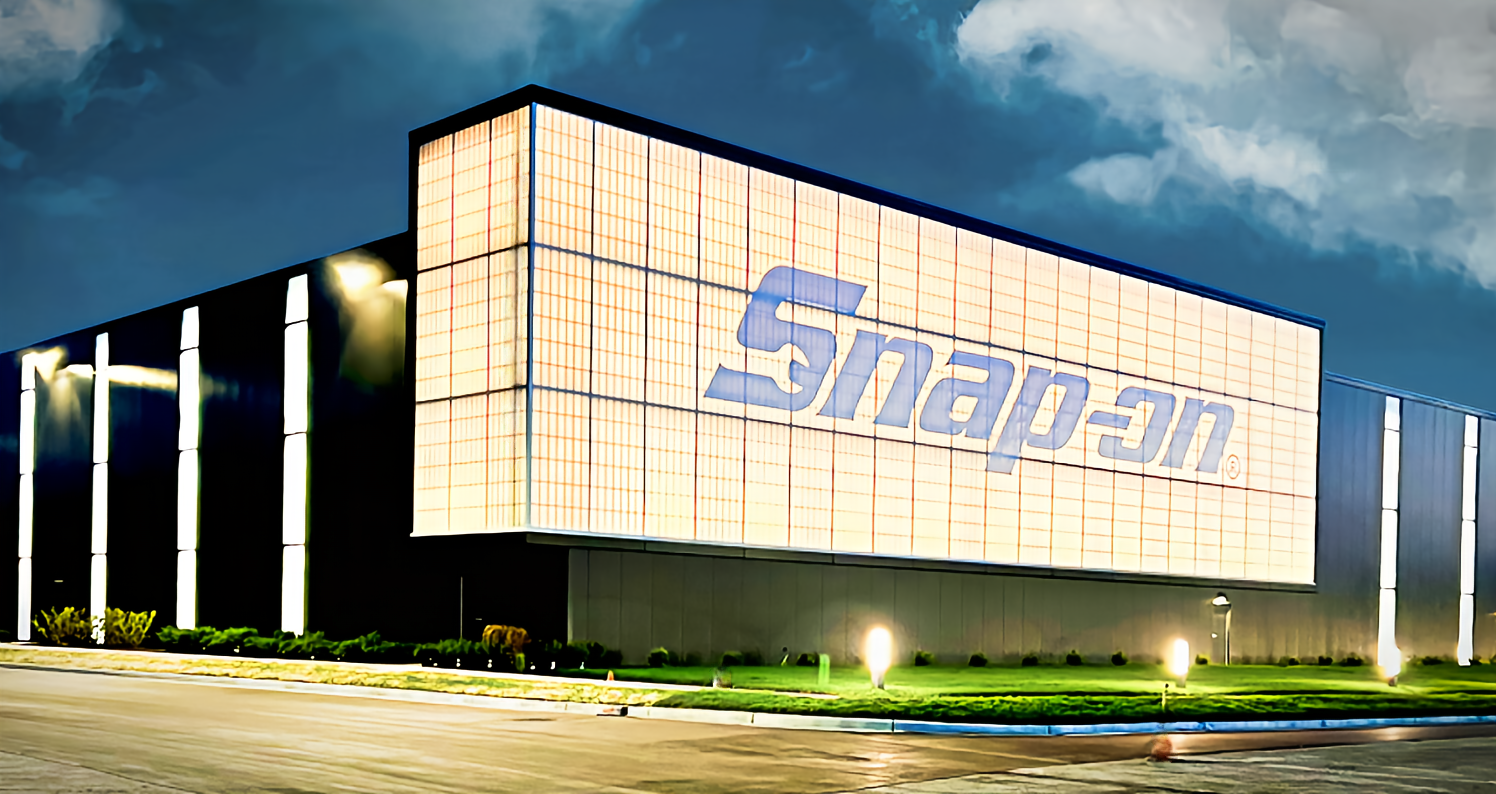

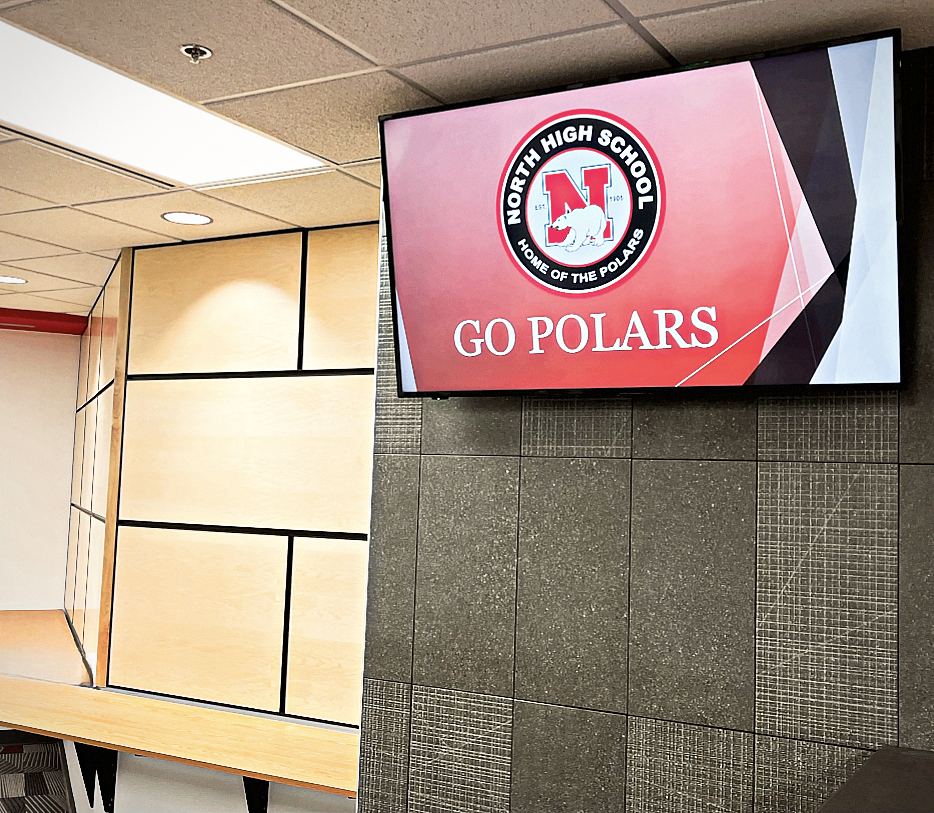

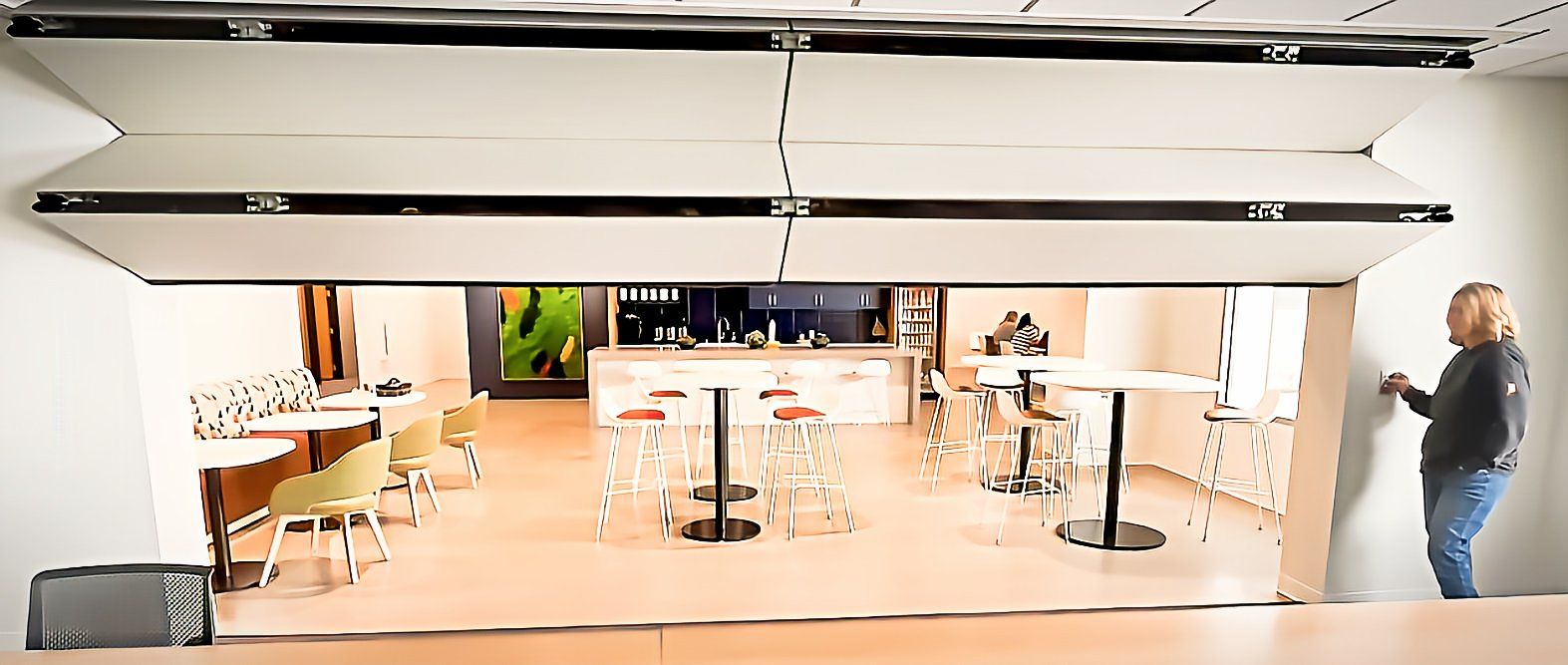
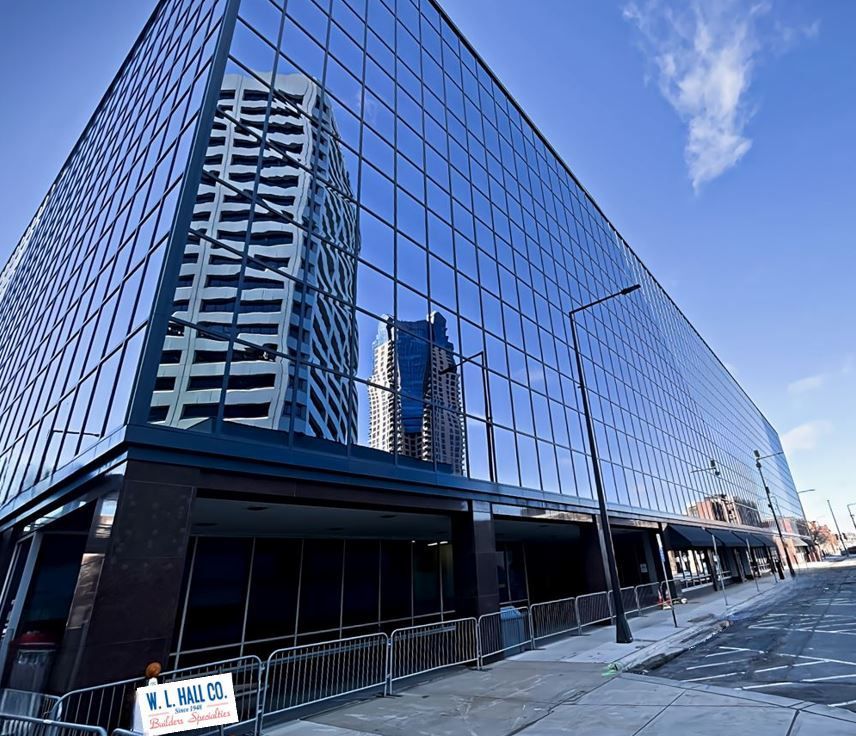
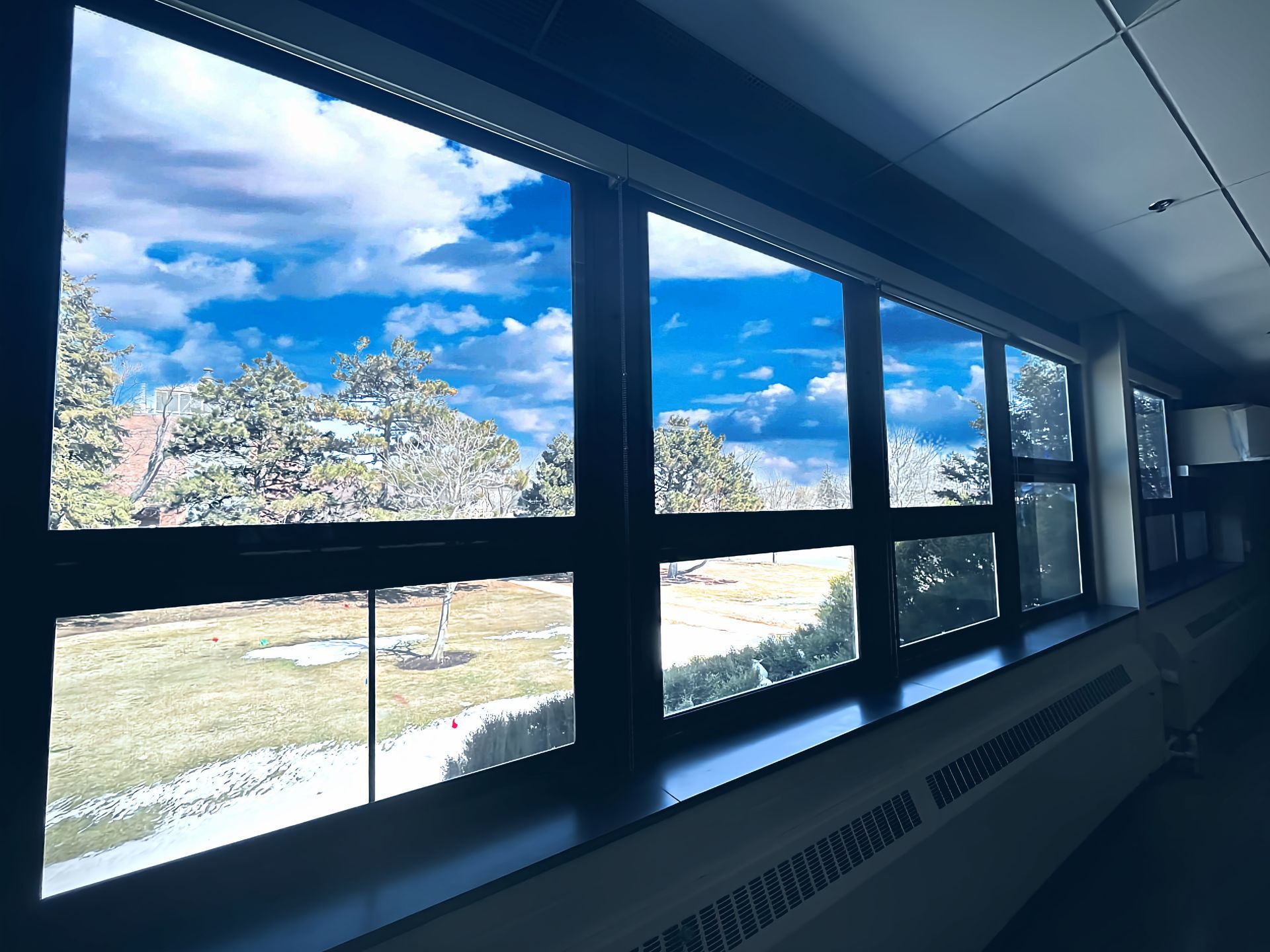
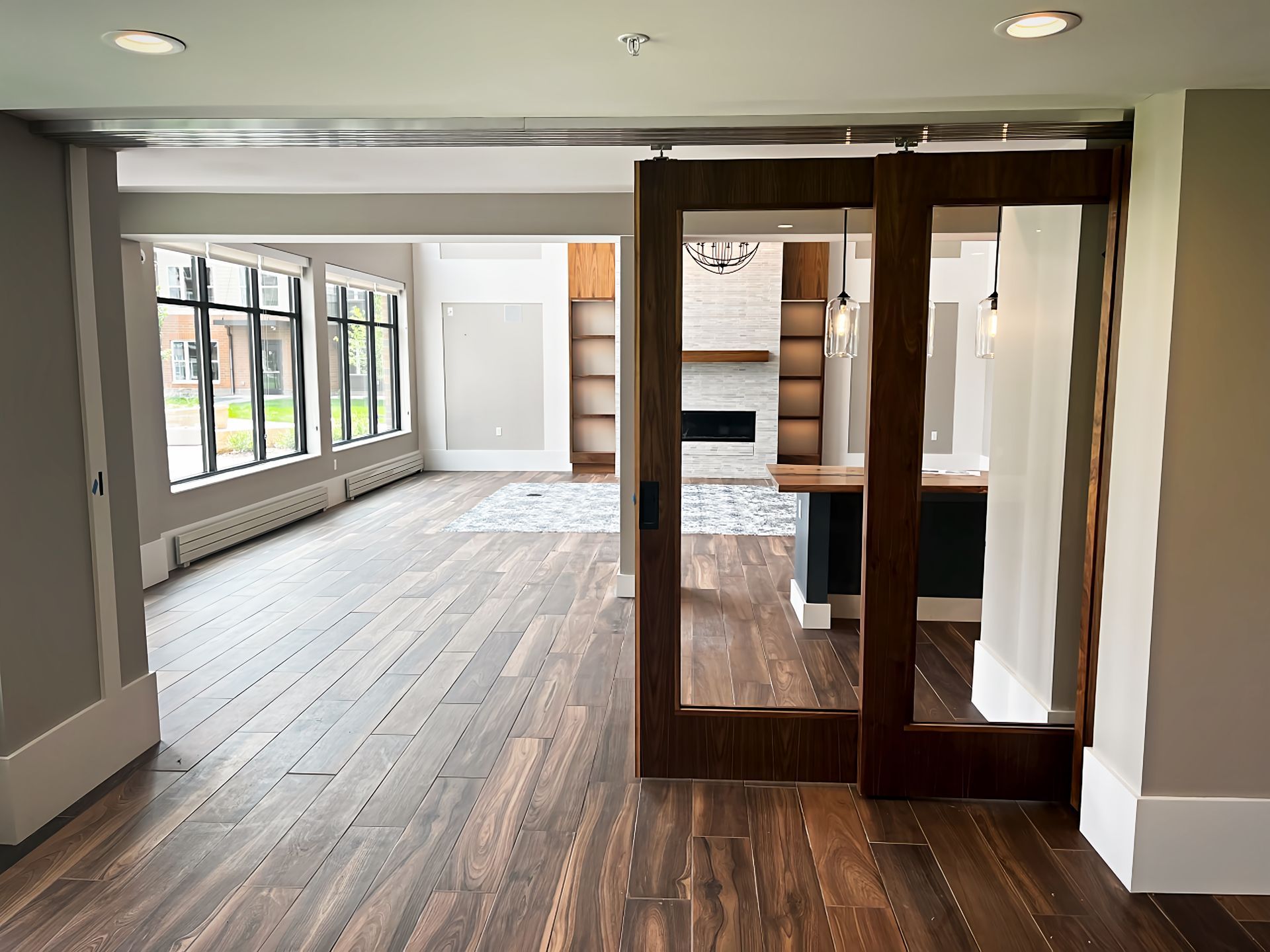

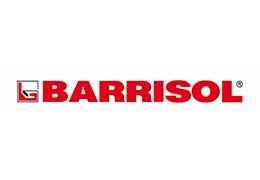

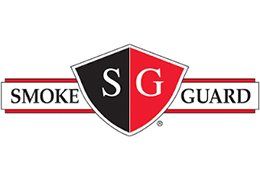
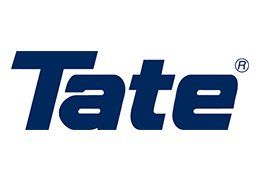

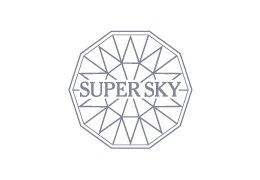
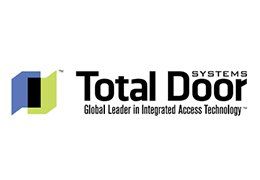
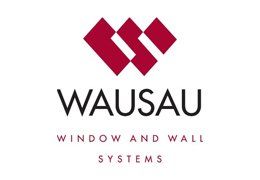
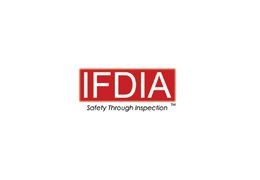

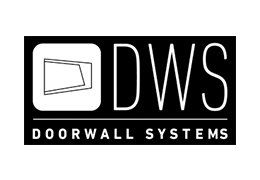
Share On: